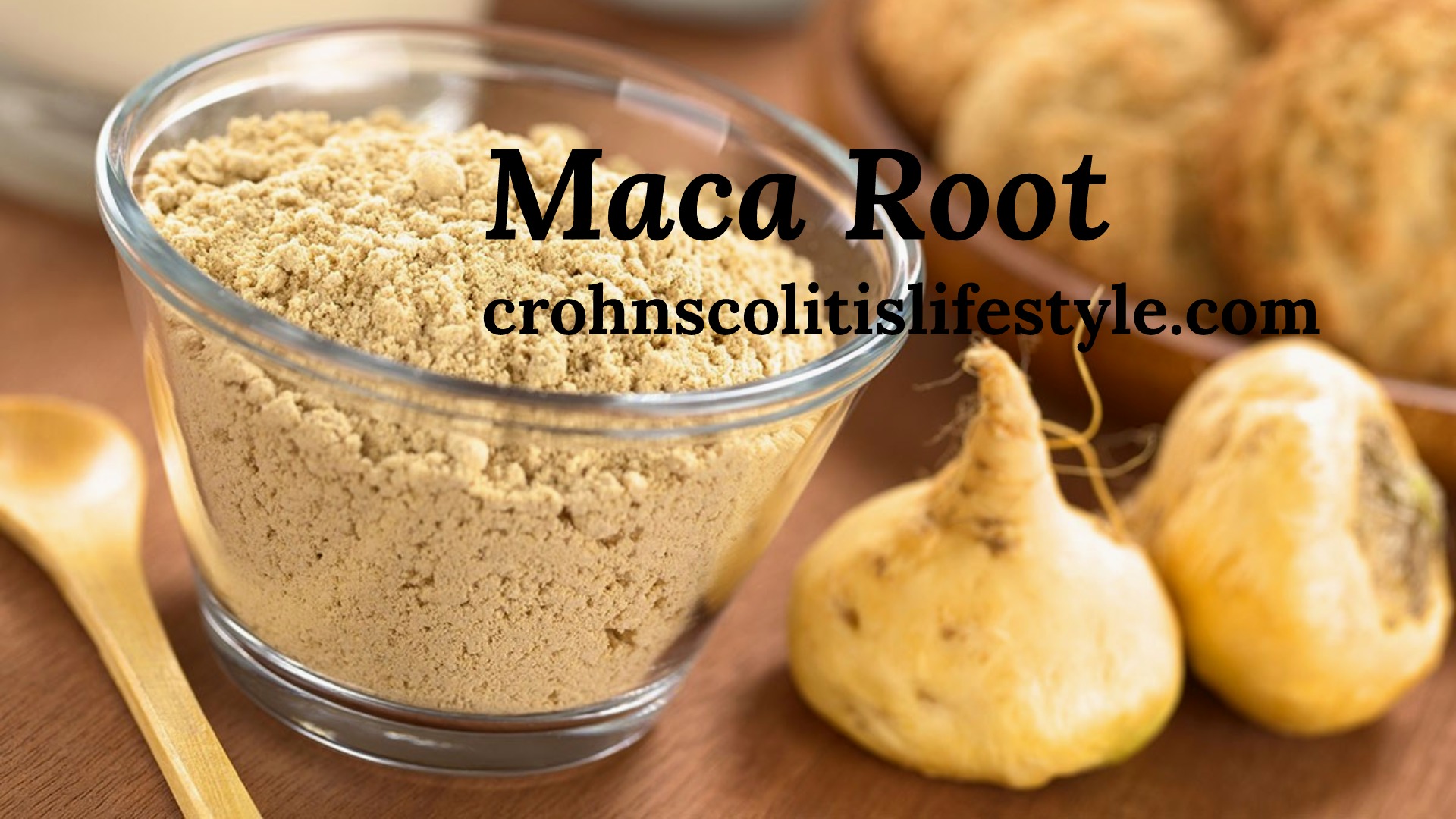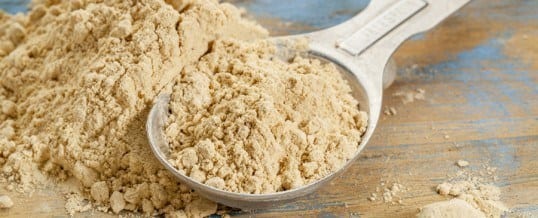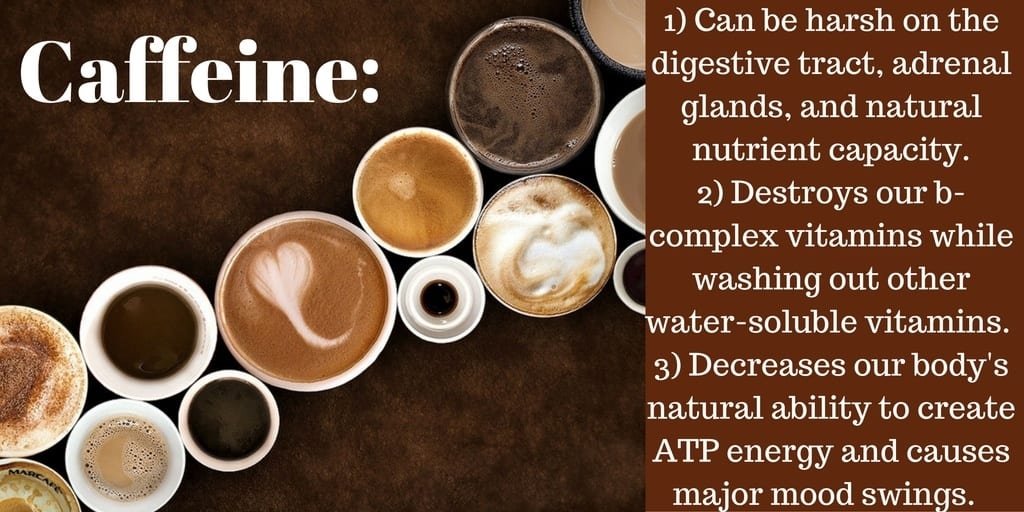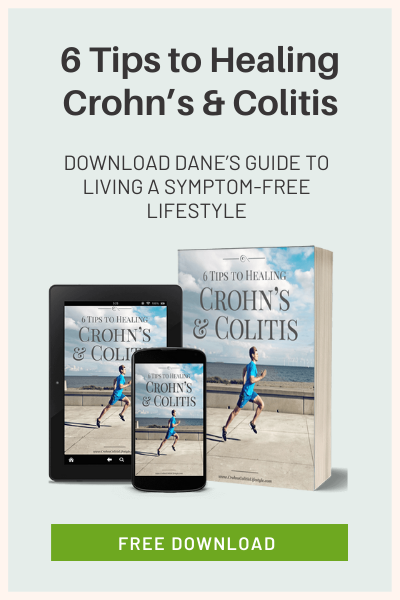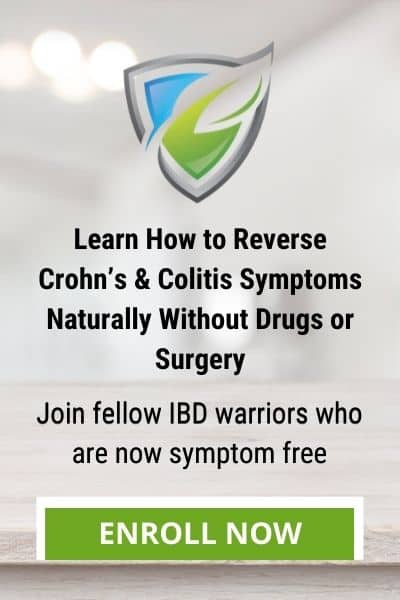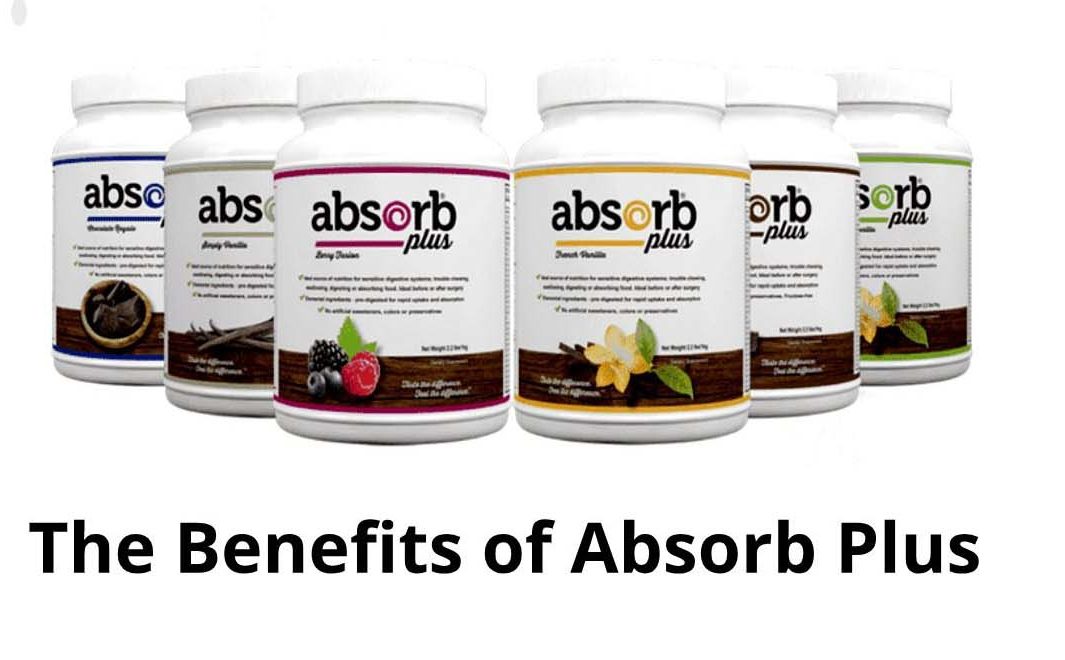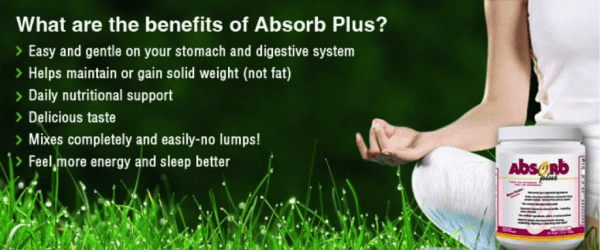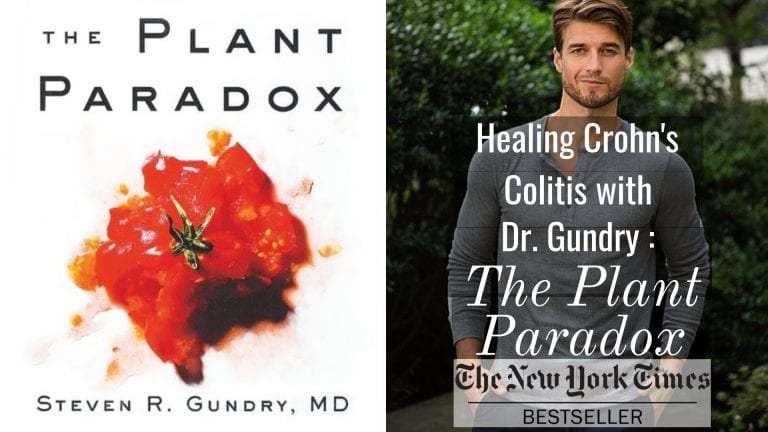So what are lectins?
Lectins are a type of protein in the skin, seeds, rinds and leaves of plants that bind to certain sugar molecules when consumed by an animal (including us humans!). They are found in grains, legumes, nightshade vegetables, squashes, and even certain fruits. Interestingly, they are also found in dairy products like milk.
When lectins bind to molecules in the body, this sets off an inflammatory reaction via multiple mechanisms. Plants do this to protect themselves. They are, as Dr. Gundry states in his interview with Dane, “chemists of incredible ability.”
Currently, on the market, there is a product called Charlotte’s Web which was created by the Stanley brothers. Their product is sohigh in CBD that if you were drug tested no traces of marijuana would show up in your system. It can be sold anywhere as an anti-inflammatory and could be a product that you should look into!Just like all forms of life, plants want to live long enough to reproduce and carry on their genetic information. If an animal is ravaging a given plant, devouring its leaves and its “babies”, the future of the plant is in threat. Thus, plants have come up with creative strategies to get around this by inflaming the animals that eat them. Plants make animals sick via multiple mechanisms. They can do this acutely – think about what happens to people who eat uncooked beans. They can become violently ill, and many have even died. Or, it can occur more subtly, by slowly inducing autoimmunity. The three main ways are:
1. Causing intestinal permeability
2. Disrupting cellular communication
3. Molecular mimicry.
Understanding these three pathways (especially 1 and 3), says Gundry, is the key to grasping the autoimmune process. When a high-lectin food (like a tomato, for instance) is consumed, it can cause a small amount of “leakiness” in the gut wall. Over time, with repeated exposure to the food, this can lead to undigested particles of the food to enter the bloodstream.
This by itself is a bad thing.
When undigested food particles enter the bloodstream, the immune system goes on high alert and sends out the Armed Forces to investigate the situation and take out the “intruder.” They do this via the release of antibodies. The antibodies bind to the tomato proteins, either destroy them or neutralize them, and allow the body to get rid of them. Repeated exposure to the food causes the immune system to remain on high alert.
This results in chronic inflammation and swelling in the intestinal tract, which sets the stage for digestive problems.
But, as Gundry says, plants are more devious than just opening the gut wall:
“The most dangerous trick pulled by lectins, which I now see on a daily basis in my patients is that they bear an uncanny similarity to the proteins on many of our important organs, nerves, and joints.”
This is known as “molecular mimicry”, and it’s often how the autoimmune process begins.
When the Armed Forces are stuck on “high alert”, the immune system can start attacking proteins in the body that look similar to the lectins. One way to picture this is to think of a jumpy, overactive gunman in a battle. Let’s say the enemy was wearing red jackets. Now picture the gunman is fighting in the middle of a hurricane and he’s overwhelmed by the opposing (red coated) troops. Blinded by the wind and rain (inflammation), and fearing that the enemy is about to take over, he starts shooting his gun wildly at anything that looks similar to a red jacket. Anything with red in it becomes collateral damage, and other things are destroyed in the process.
This is what can occur in the body.
One classic example is with gluten and certain patients with Hashimoto’s thyroid disease. For some patients with thyroid disease, the body mistakes the thyroid gland for gluten due to, you guessed it, molecular mimicry. The molecules of gluten (an extremely common lectin found in wheat, rye, and barley) can mimic the molecules of the thyroid gland, and an overactive immune system can have trouble telling the difference. The collateral damage in this case is a slow destruction of the thyroid gland and subsequent loss of thyroid function.
Another common case is patients with autoimmune arthritis. For these patients the lectins in the nightshade family of vegetables can mimic the tissue of the joints. Removal of nightshades (tomatoes, eggplant, peppers, potatoes, goji berries) from the diet can help tame the immune system and restore what’s known as “immune tolerance,” the ability for the immune system to accurately distinguish friend from foe and tolerate its own tissues.
Celiac disease is another autoimmune condition with ties to molecular mimicry, and this also is caused by the pesky lectin in wheat, rye, and barley: gluten. Because of this propensity to cause trouble in the GI tract, Dr. Gundry advises IBD patients to keep gluten off the menu.
Alright! So that was the summary on how lectins in the diet can cause inflammation and contribute to autoimmune disease. But what in the world should a Crohn’s/Colitis patient do about it? Does this mean every IBD patient should never eat tomatoes or eggplant again? Now that we understand how foods can stimulate inflammation in the body, let’s see what we can do about it!
It’s important to note that Dr. Gundry does make a point in his book that perhaps we shouldn’t try to eliminate all lectins in the diet. That would be a massive undertaking and would severely limit our food choices. Moreover, he discusses that lectins, in small doses, can have what’s known as a “hormetic” effect. This is where a stress on the body in small doses can actually produce a net benefit. Think exercise, cold showers, and sauna use. In small to moderate doses, these can be incredibly healing practices. Exercising for 5 or 6 hours every day for years on end, however, would be harmful, especially to a body that is trying to heal. This is why the standard American diet is so harsh on the intestines; most people eat wheat (a very high lectin food) 2-3 times a day (cereal for breakfast, sandwich for lunch, pasta for dinner).
So what can a Crohn’s/Colitis patient do to limit the harmful effects of lectins in his or her diet?


